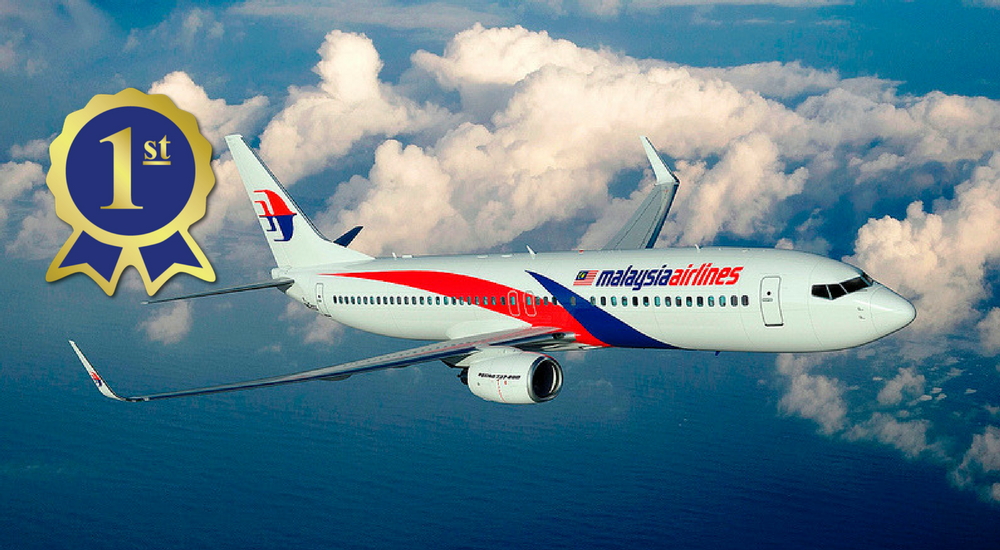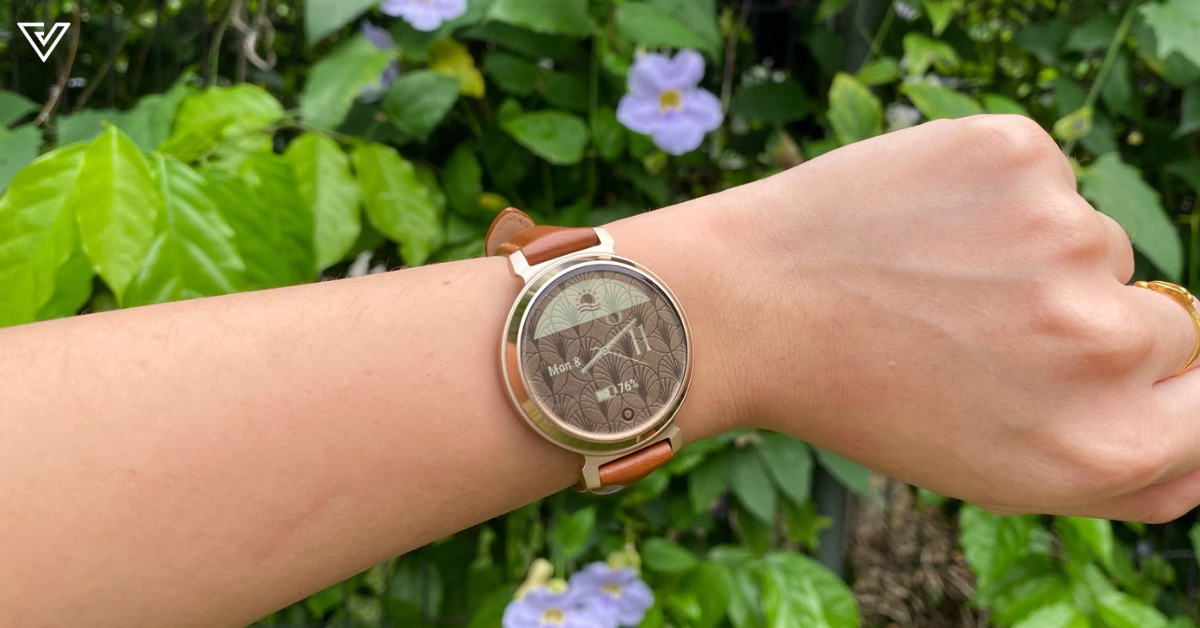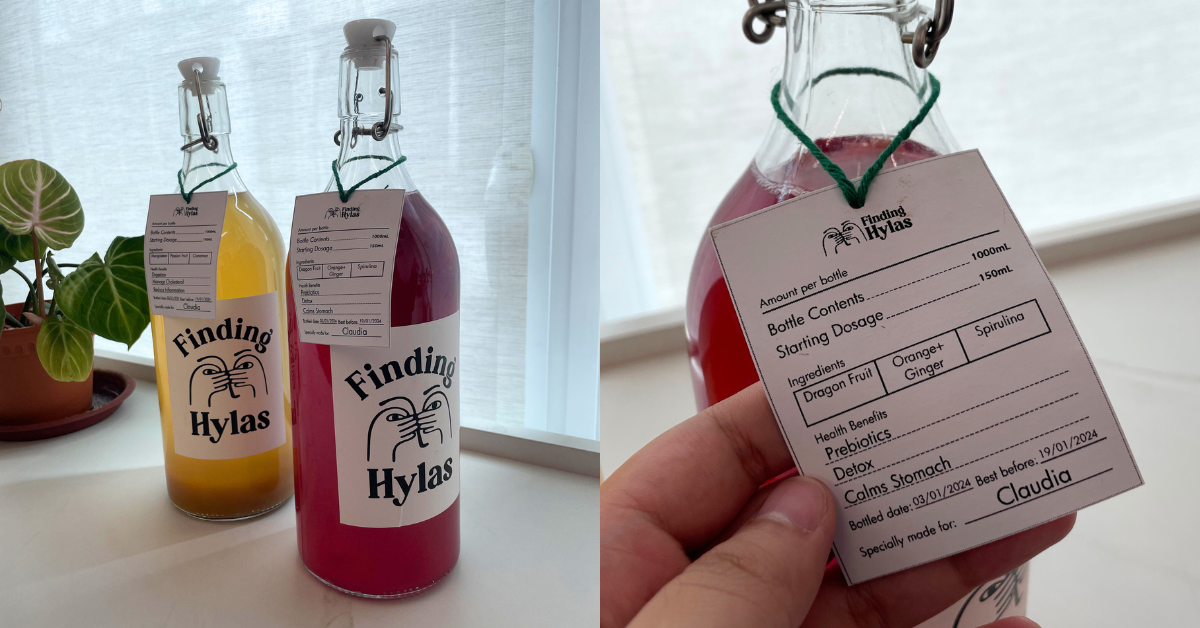After the back-to-back tragedy struck the nation some years back with the disappearance of the mysterious MH370 and the loss of MH17, Malaysia Airlines (MAS) have had to struggle to stay afloat for a while. They brought in Peter Bellew who managed to turn things around for them, but the overarching concern remained: something had to be done about safety.
And that something has come. In collaboration with Aireon, SITAONAIR and FlightAware, MAS is now able to monitor flight paths of its planes anywhere in the world.
Under the agreement, MAS aircrafts can now access minute-by-minute flight tracking data all over the globe, be it the polar regions or remote oceans.
According to Bloomberg, MAS will be the first company to use satellites to track its planes.
“Real-time global aircraft tracking has long been a goal of the aviation community,” said Captain Izham Ismail, COO of MAS in a press release, “We are proud to be the first airline to adopt this solution using space-based ADS-B data” as part of SitaOnAir’s Aircom Flight Tracker.

In his statement, ADS-B refers to Automatic Dependent Surveillance-Broadcast. Those big fancy words basically mean that it’s a type of tech that links aircrafts with satellite navigation, much like Waze. It lets the aircraft determine its location by satellite, and also enables it to be tracked.
The combined solution will enhance the flight tracker by adding Aireon’s space-based ADS-B data to the existing planespotting data on FlightAware. With their powers combined, similar accidents can be prevented from occurring again.
According to FlightAware’s CEO Daniel Baker, the new tech doesn’t require any new avionics or modification on the aircraft, and will grant tracking access even where Air Navigation Service Providers don’t.

Real life tracking will only actually run in 2018, after the related satellites that will be tracking these flights go up into space. The first ten of those satellites, the Iridium NEXT satellites launched on January 14 2017, and they plan to eventually have 66 of them floating in a constellation of low-earth-orbit satellites providing global coverage.
Overall, on top of security, the surveillance ability should also help reduce fuel costs and enable them to figure out more efficient flight paths.
Talk about turning it all around. We hope that this will translate to better flight security in the future.
Feature Image Credit: Kee Hua Chee









